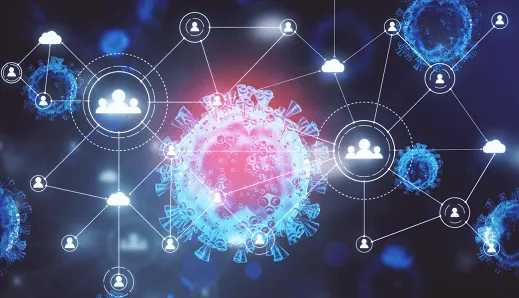
Essential Role of Technology in Battle Against COVID-19
Epidemics and pandemics have been threatening the human race time and again. SARS, H1N1, Ebola, and more have shown their teeth in the past, but with each such outbreak, we are learning new ways of fighting and managing such unexpected diseases that can potentially kill millions of people. Technology cannot prevent the onset of pandemics; however, it can help prevent the spread, educate, warn, and empower those on the ground to be aware of the situation, and noticeably lessen the impact. Today, with converging technologies like mobile, cloud, analytics, robotics, AI/ML, 4G/5G, and high-speed internet, it has become possible to test several innovative approaches to the pandemic response.
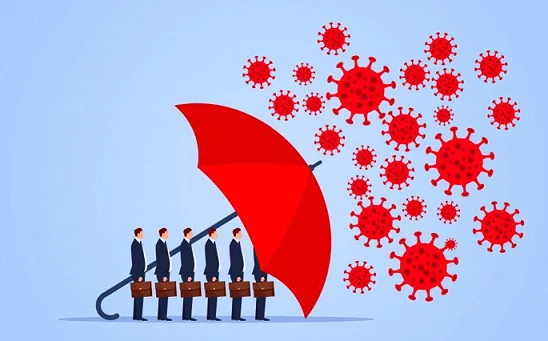
Behind the achievements of those working on the COVID-19 front line, many organizations and entrepreneurs are doing what they can to help. Across the globe, these companies are using everything from software and robotics to good old-fashioned cooperation to fight against the disease.
Here we have discussed some ways in which technology is helping everyone in this fight against coronavirus.
Tracking, Testing & Treating:
The traditional methods of tracking an infected person are very slow. With increasing cases all over the world, rapid tracking of infected people became an utmost priority. Tech has a history of helping the medical industry track and treats viruses. In terms of COVID-19, we are seeing another rise in digital epidemiology tools, chatbot helpers, EHR guidance tools, and rapid-response test kits. This has increased the efficiency of tracking a person and inhibiting the spread of the virus. The development of new test kits has increased the overall speed and volume of tests being conducted which in turn helps with the immediate treatment of infected people.
UK-based health tech firm Medical Realities has launched a free online resource to train healthcare workers in essential, safe, and core practices for COVID-19.
The tracking apps rolled out in most countries post the COVID-19 outbreak. The smartphone-based apps help state and territory health officials to quickly contact people who may have been exposed to COVID-19.
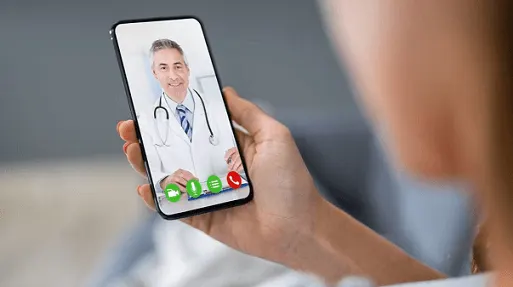
The Future of Work from Home: Embracing Technology for Remote Success
During the initial stages of the COVID-19 outbreak, the world witnessed stalling of businesses with devastating economic impacts.
As pandemics or other calamities keep threatening the business world, working from home ensures business continuity as well as facilitates social distancing. In such a scenario, technologies that enable secure access to data, enterprise applications, virtual meetings, cloud conferencing, and virtual/mixed/augmented reality are the forefront leaders to ensure deliverables are not impacted. Remote working is a blessing that comes due to technology and is one the greatest solution that helps us in social distancing.
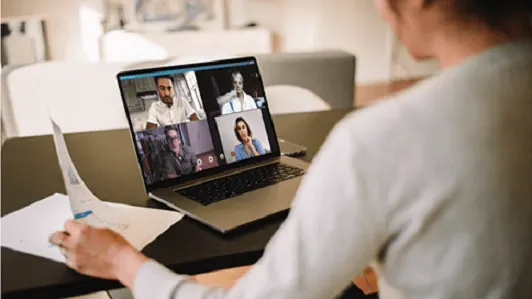
3. Artificial Intelligence & Big Data
Artificial Intelligence is already known for disrupting sectors with its wide range of applications. During COVID-19, it has gotten a boost and is being widely used to curb the devastating effects of this virus. A South Korean medical software company Lunit develops artificial intelligence programs that can diagnose lung diseases via X-ray images.
The company has now made its software available online for free. Hospitals in Brazil, as well as South Korea, can upload up to 20 cases per day for AI diagnosis.
The company says innovations like AI have been an important contributor to flattening the curve of COVID-19 cases in South Korea.

Baidu, a Chinese multinational technology company, has built AI-based solutions to effectively screen large populations and detect a change in their body temperature while they are on the move. This system can examine about 200 people per minute without disrupting the flow of people.
The France-based international online data exchange Dawex has created a COVID-19 Data Exchange initiative. It opens up Dawex’s platform free of charge for companies and organizations that need to exchange non-personal data for studies about the coronavirus and limiting its economic harm.
Food Deliveries
Self-driving cars, drones, robots can all help at a time when the need is to avoid human contact. Autonomous vehicles can be used to transport affected people to and from healthcare facilities with ease, without risking the lives of healthy people. Robots can be used for delivering groceries, cooking means, sterilizing hospitals, and patrolling the streets. Drones can be used for food deliveries, tracking population, carrying test kits and medicines to quarantine locations, thermal imaging to identify infected people, spraying disinfectant, and more. Many new areas and use cases are coming up where drones, robots, and autonomous vehicles are being used.
Jumia and Twiga Foods, two African tech pioneers have partnered up to get fresh produce into locked-down homes.
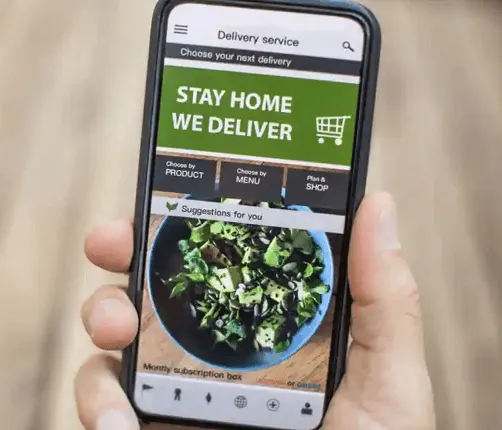
Jumia has a large online delivery business across Africa; Twiga Foods connects a network of 17,000 farmers in Kenya with marketplaces via its own pack houses.
By working together, they aim to combine their strengths in deliveries and fresh produce – increasing their abilities to provide households with fresh food, safely, amid restrictions.
Helping the Humanity
Numerous unfortunate daily wage workers have lost their jobs, who can’t afford healthcare or daily meals. During the hard times, platforms like Paytm, CRED, Zomato offer people a chance to save a life and to donate without actually going anywhere.
Paytm has offered a platform to donate money the helping people in their dire needs.
CRED has offered a platform where people can donate Oxygen for those who need and can’t afford it. Zomato lets people donate everyday meals to people who don’t have the luxury of providing food for themselves or their families.
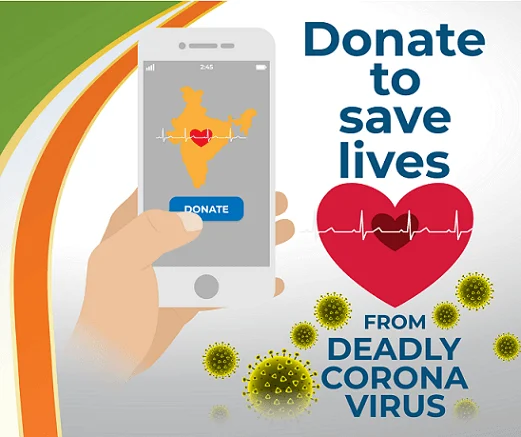
These platforms help people to bring out their humanity and help others while not risking anyone’s life.
Conclusion
Today the greatest risk of worldwide catastrophe is pandemic, an enormously infectious virus that's more devastating and may kill many people. With the transparency that we have gained through this current COVID-19 situation, we now understand that we were not geared up for this pandemic situation. The next pandemic is not a matter of “if it happens”, but “when it happens”, would we be prepared in advance against the pandemic at an individual and collective level. What we need is preparedness. Indeed, the technology has advanced more and will continue to advance exponentially, but human institutions and societies need to accelerate in adapting to it and continue investing in building the technology systems for preparedness. After the COVID-19 outbreak, it is evident that, from AI to robotics, the technology innovations are helping to manage the epidemic and better equip to fight future public health emergency in a timely, systematic, and calm manner.
Read more blogs here

